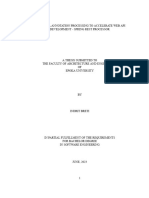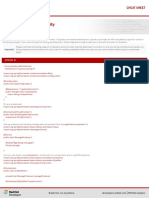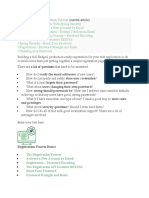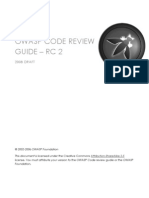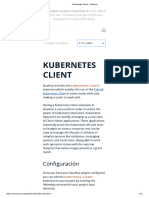0% found this document useful (0 votes)
139 views2 pagesSwagger Keycloak Cheatsheet
@SecurityScheme annotation is used in Swagger/OpenAPI with Springdoc to define API security, specifically for OAuth2 JWT Bearer authentication with Keycloak. It includes parameters for naming, type, scheme, bearer format, and token URLs. The integration allows for secure API testing in Swagger UI by retrieving a JWT token from Keycloak.
Uploaded by
siddharthxlodhiCopyright
© © All Rights Reserved
We take content rights seriously. If you suspect this is your content, claim it here.
Available Formats
Download as PDF, TXT or read online on Scribd
0% found this document useful (0 votes)
139 views2 pagesSwagger Keycloak Cheatsheet
@SecurityScheme annotation is used in Swagger/OpenAPI with Springdoc to define API security, specifically for OAuth2 JWT Bearer authentication with Keycloak. It includes parameters for naming, type, scheme, bearer format, and token URLs. The integration allows for secure API testing in Swagger UI by retrieving a JWT token from Keycloak.
Uploaded by
siddharthxlodhiCopyright
© © All Rights Reserved
We take content rights seriously. If you suspect this is your content, claim it here.
Available Formats
Download as PDF, TXT or read online on Scribd
/ 2


